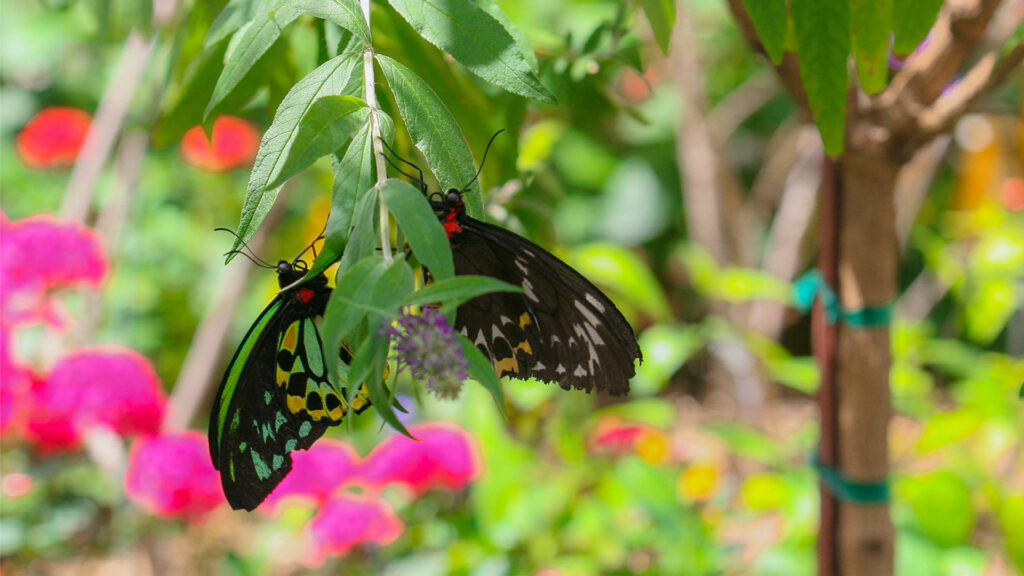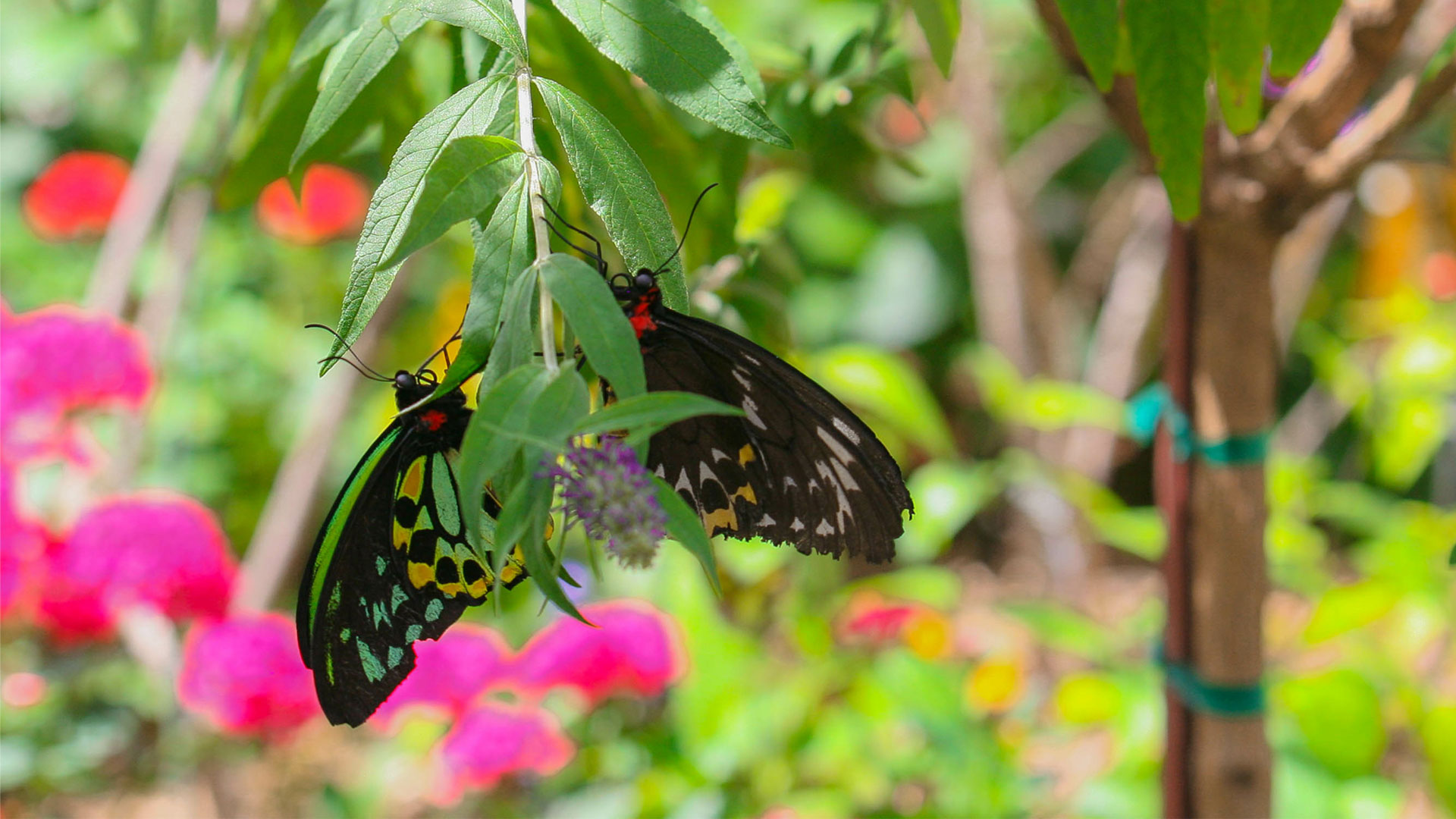
Understanding chemical communication among insects could help find new ways to protect crops or ward off biting insects that can transmit diseases.
All around us, insects are speaking to each other: jockeying for mates, searching for food, and trying to avoid becoming someone else’s next meal. Some of this communication is easy to spot—like the flashes of fireflies on a summer night or a screaming chorus of cicadas in the afternoon—but many of the most sophisticated conversations are challenging to observe, occurring through an exchange of chemical scents.
Understanding chemical communication could be the key to finding new, more effective ways to protect crops or ward off biting insects that can transmit diseases. Researchers at SRI International, in collaboration with scientists at Virginia Tech and Rutgers University, have devised a method for identifying sections of genetic code that make the chemicals that insects use to communicate. Their work, published recently in Protein Science, provides a roadmap for understanding how chemical communication evolved and is the first step in deciphering what specific insects are saying.
“Pest control is a longer-term goal here, particularly in agriculture,” said Paul O’Maille, the program director of biocomplexity sciences at SRI and corresponding author on the paper. “We need to decode this language, be able to intercept it, and maybe redirect it in intelligent ways.”
Insects communicate with a class of chemicals called terpenes, which vaporize easily and spread through the air, covering a large area and potentially reaching lots of other insects. But until recently, researchers thought that insects weren’t able to produce them on their own. It was generally assumed that insects acquired terpenes from their environment, collecting them from food they ate or hosting microbes that could produce them.
“Just in the last handful of years, my collaborators and others discovered that insects actually have genes to encode for enzymes called terpene synthases, and that is the mouthpiece of this communication form,” O’Maille said. Terpene synthases are what allow a species to create their own terpenes. “That opened up a new world for us.”
With the realization that some insects had the ability to create terpenes written into their genetic code, the researchers set out to devise a method of finding similar genes in other species. O’Maille, who has been studying terpenes in plants for a couple decades, was able to break down the chemistry needed to make a terpene and determine which genes would have to be tweaked to make that happen. He identified several motifs—patterns in the genetic code—that are specific to terpene synthases.
“We’ve basically put together a ruleset for understanding the natural history of how these terpene synthases came to be, and that leads to a heuristic, or a method, to predict whether a gene is a terpene synthase or not,” O’Maille said. “Using that heuristic, we see that there are loads of these terpene synthase genes across different insects—they’re quite prevalent.”
The researchers have already identified several hundred potential terpene synthase genes by applying their method to available genetic sequences of insects. The species they’ve looked at represent only eight of the 29 insect orders so far, but their data indicates that terpene-based chemical communication evolved independently multiple times.
By providing this blueprint, the researchers hope to help fellow scientists verify the identity of terpene synthases in many more insects and start the process of understanding how those terpenes are being used. And once we speak the language, we can try to use it our advantage. If we know, for example, which chemicals are attractive to insects that prey on important crops, we might be able to sow clusters of decoy plants that produce those chemicals and draw insects away.
“Our ability to decode that conversation gives us more options,” O’Maille said.
O’Maille also highlights that the methods used in this paper can be applied to more than just insects. The same techniques O’Maille and his colleagues used to predict which sections of the genome codes for terpene synthases could be applied to other enzymes in other species.
“Right now, we can sequence genomes at-will, but we can’t interpret the genome very well,” O’Maille said. “Our work provides a roadmap for developing heuristics for other classes of enzymes to have more accurate predictions of the functions of genes.”



